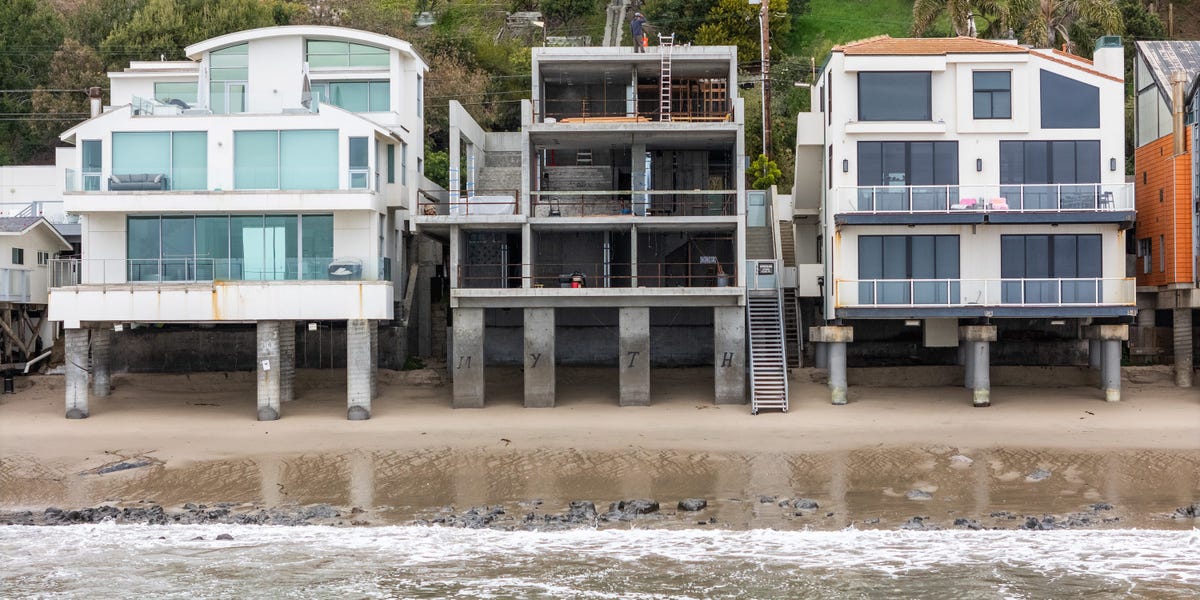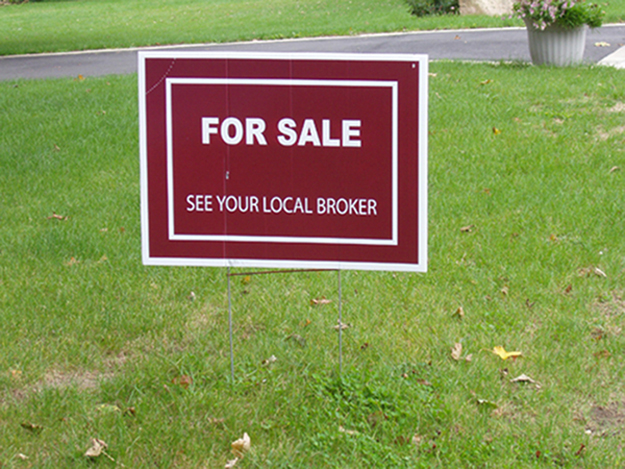A
lternative real estate categories are increasingly making their way into institutional property portfolios, a trend that shows no signs of slowing down. According to a recent report by bfinance, several fund managers and research houses are now highlighting this shift.
The report cites Heitman, which has seen the proportion of alternative real estate in institutional portfolios rise from 5.5% pre-pandemic to over 13% in late 2024. Meanwhile, its review of the US value-add fund segment suggests that newer vintages aim for around 40% alternative exposure.
As bfinance notes, "what was 'alternative' is now becoming more mainstream." The firm attributes this trend to several factors, including a desire to back winners. Research has shown that top-performing US Core Diversified funds have averaged 11% alternative exposure over the past five years, compared to just 3% for underperformers.
Another reason for the shift is that some alternative sectors offer characteristics that are attractive to investors, such as stabilised properties, durable cash flows, and strong credit quality. As a result, assets like self-storage, medical office, and cold storage properties are increasingly being found in core portfolios.
Investors looking to get into this space may want to consider more recently launched products, which tend to have higher alternative exposure. The report also notes that the geography of the alternative real estate market is shifting, with Europe and Asia gaining momentum behind the US. As these markets mature, investors are increasingly turning to lower-risk, stabilised institutional assets under the "alternatives" banner.














